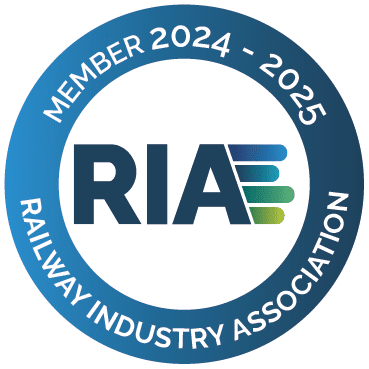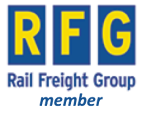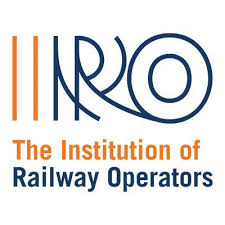Introduction
As a regular traveller by rail, as I slip off into some daydream, I often wonder what I would do if there was a serious incident on the train. In the circumstances what would I do? I am a railwayman. I used to hold personal track safety (PTS) certification although I no longer do. As I write specifications for new trains I have an understanding of how evacuations of trains should work. Would I offer my services and if so, how? This Industry Insight explores an idea for industry training to help in such situations.
The context of an incident
Taking a recent scenario as an example, I was travelling between York and London and I watched a young lady across the aisle from me calmly plug her hair straightening tongs into the socket clearly marked “no toasters or hairdryers”. After a few minutes where the circuit breaker surprisingly did not trip, I was keeping an anxious nose for any smell of electrical burning which may provide an indication of an imminent fire. What would happen if there was a fire?
The train was a Class 91 hauling a rake of Mk4 carriages, DVT leading, as is the norm for Up services. There appeared to be only one guard from what could be determined over the course of the journey. There was then the usual complement of buffet crew for standard and first class which is estimated to be seven (four first class staff, one chef, one buffet car attendant, and one trolley operative). With the driver, that makes nine staff, for a train consisting of nine passenger carrying vehicles, each with between 50 to 75 passengers.
In this instance, that is quite a high ratio of staff to passengers, and in many other cases on the network, the ratio would not be so favourable. However, the staff numbers are concentrated at the first class end of the train which generally has fewer passengers and this also assumes that no members of staff are incapacitated by the incident, which history shows is not always the case.
Additionally, in many other scenarios, the numbers of staff on a train could be as little as one or two.
The warden team
Although there is a surge of self-preservation in the event of an incident, with people having a rush of adrenaline, this self-preservation may well be misplaced in the high risk operating environment of a railway. 50-75 panicked people are hard to control by one person however well trained they are to deal with that situation.
Safety instructions, although regularly mentioned by the crew, are often never read by travellers, unlike in the airline industry where the traveller is briefed before take-off.
We feel that this should be seen as an industry problem, and the solution should be an industry solution.
 Similar to Mountain Rescue and RNLI, we propose that a volunteer scheme should be set up whereby those within the industry who regularly travel should have sufficient training that in the event of a major incident on a train railway wardens who are on the train can be called on to assist in passenger welfare and passenger evacuation, whether that is during employment time or time off.
Similar to Mountain Rescue and RNLI, we propose that a volunteer scheme should be set up whereby those within the industry who regularly travel should have sufficient training that in the event of a major incident on a train railway wardens who are on the train can be called on to assist in passenger welfare and passenger evacuation, whether that is during employment time or time off.
Each railway warden would have training suitable to assist the train crew in responding to an incident, which may include basic scenario training, elements of personal track safety, and first aid. They would be furnished with a high visibility vest clearly marked as Railway Warden and would be instructed on how to respond to an incident and how they coordinate with the train crew.
The scheme would be funded by the rail industry and co-ordinated by the Rail Delivery Group or some other cross-industry group. Railway Wardens would be current railway industry employees and would have refresher training every two years.









